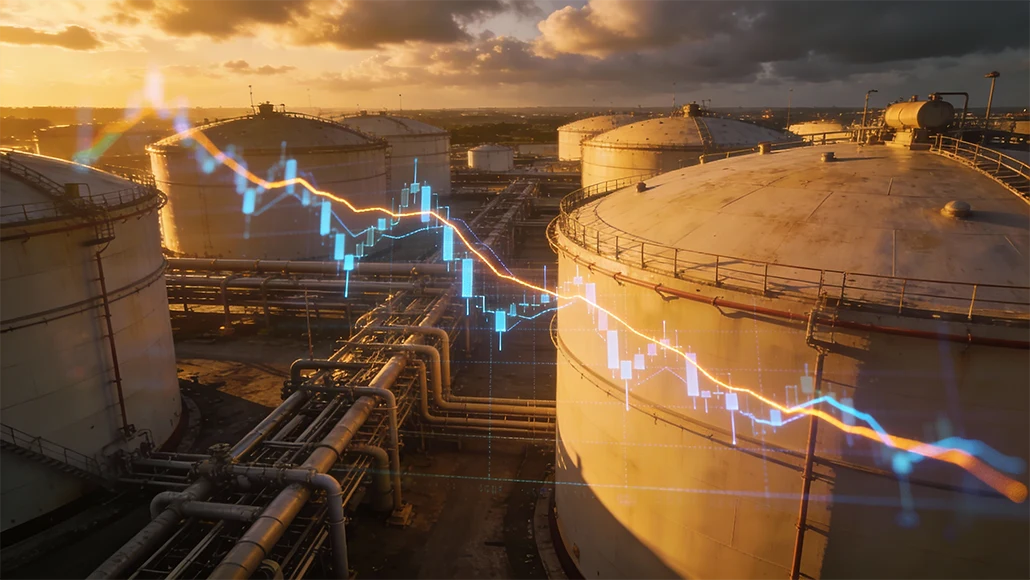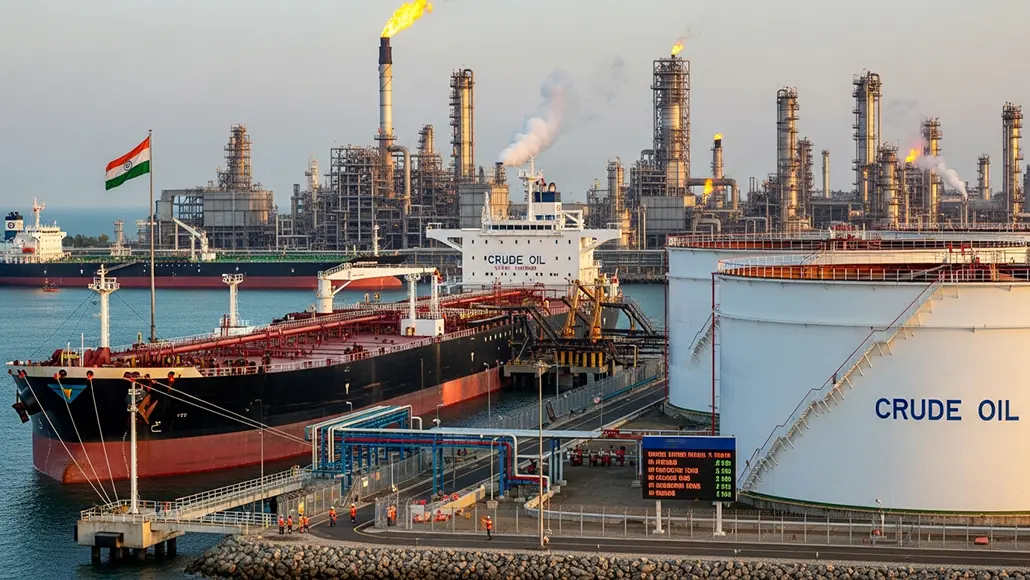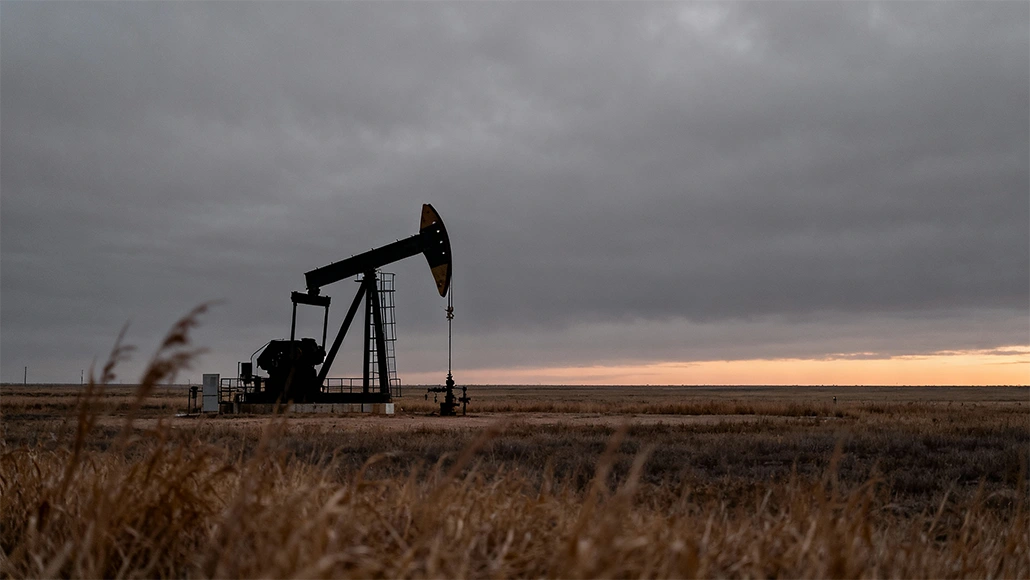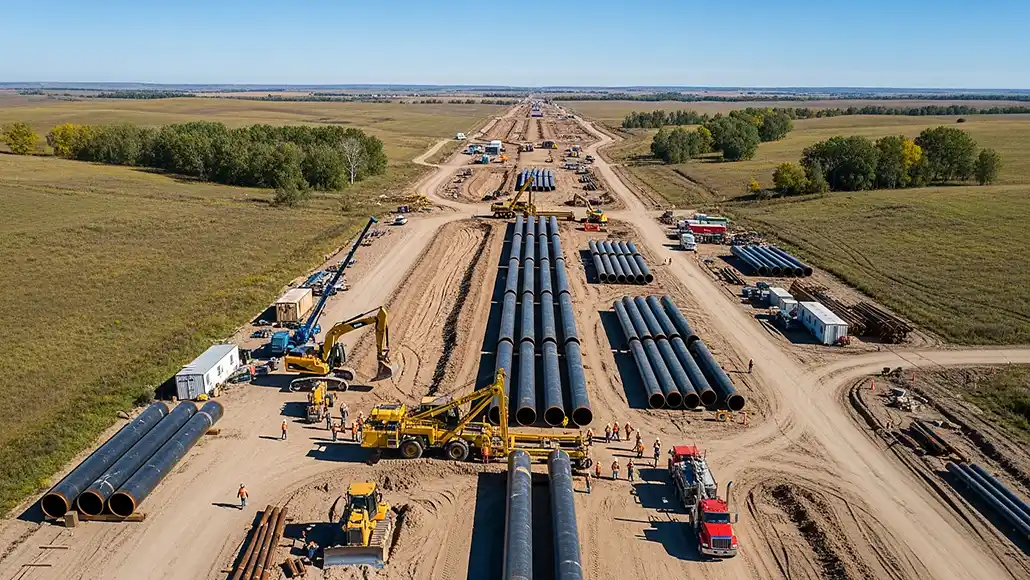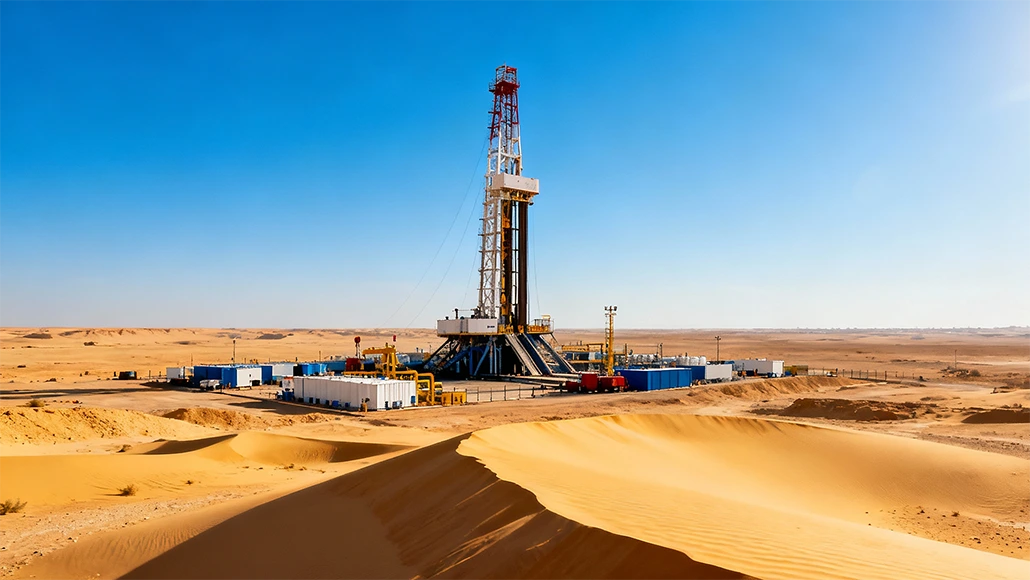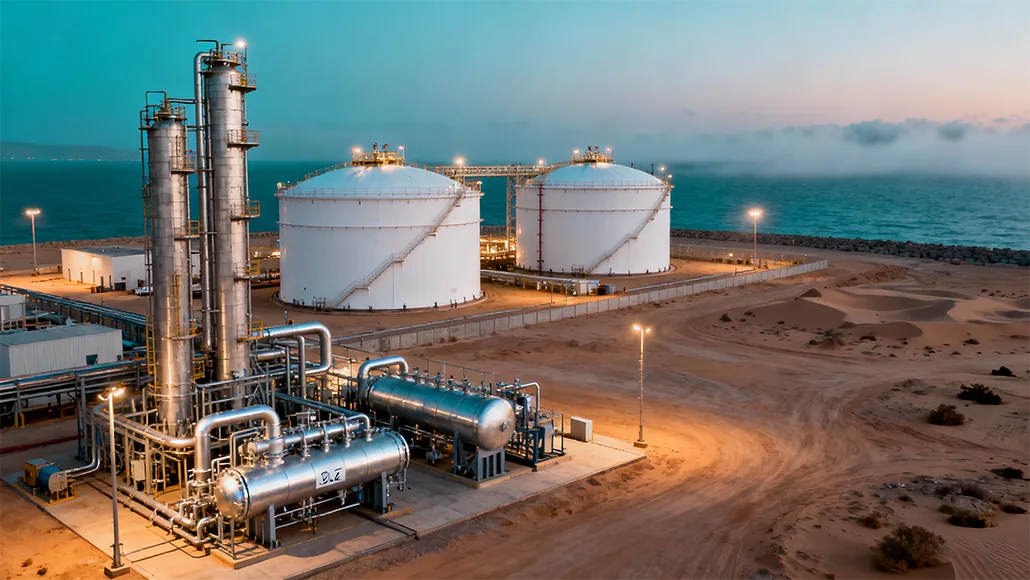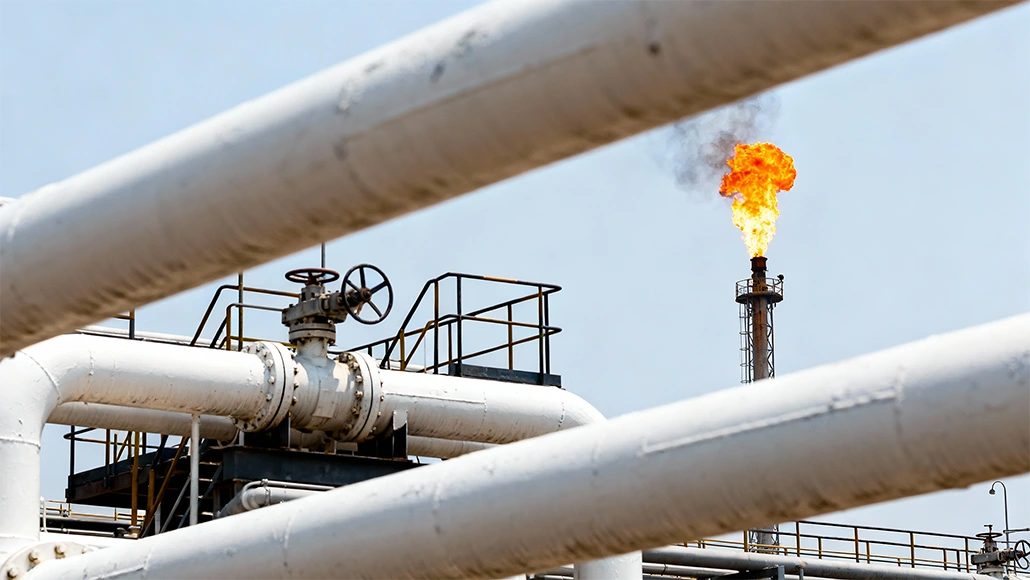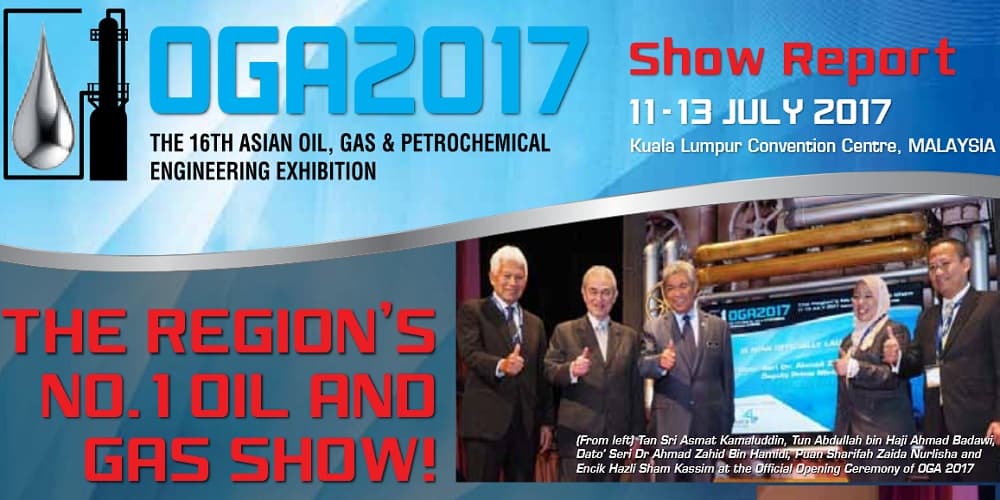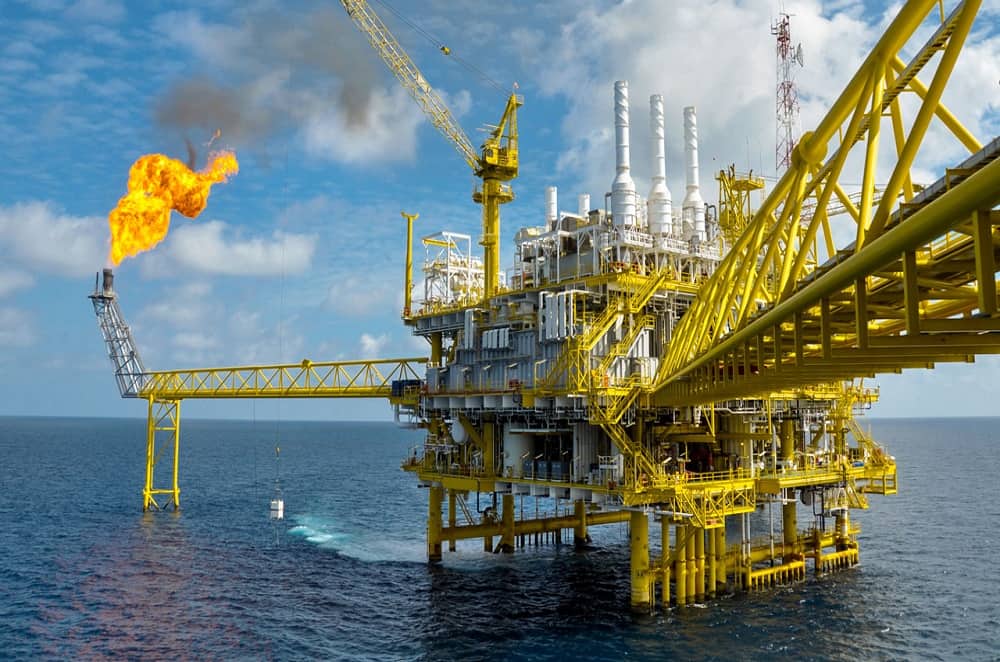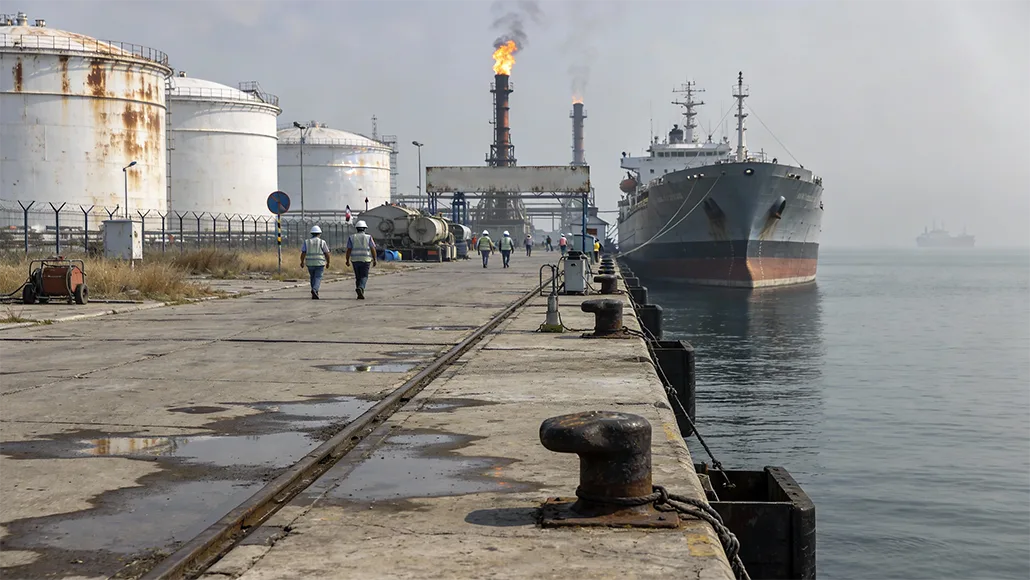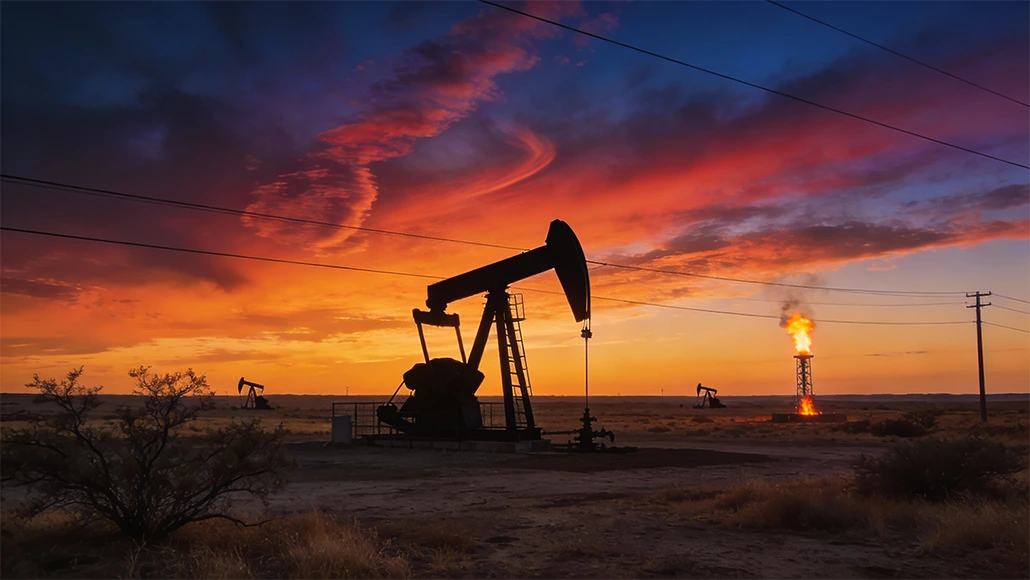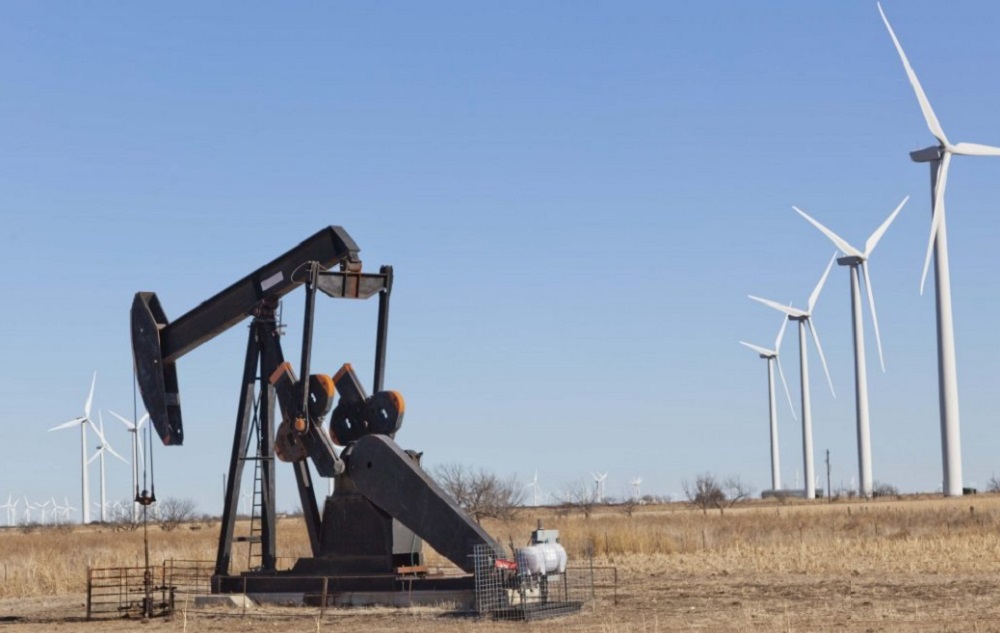During the Energy Asia conference in Kuala Lumpur, industry leaders stressed that oil and gas would remain the primary sources of energy for many years due to the sluggish energy transition. Estimates indicate that an annual investment of $4 trillion in clean energy is required, but the current global investment is expected to reach only $1.7T by 2023, according to the International Energy Agency. This rising energy demand has led to the need to construct new refineries.
ExxonMobil also echoed the view that oil will remain a primary energy source for at least two more decades due to its significance in commercial transportation and the chemical industry. As per insights, liquids are expected to be the leading energy source in 2050, with demand growth primarily coming from emerging markets in Asia, Africa, the Middle East, and Latin America.
The main drivers for oil and gas demand are anticipated to be from Asia, particularly Southeast Asia, which is experiencing rapid growth and urbanization. However, not all predictions were as optimistic. Vitol, a commodities trading firm, projected that crude demand would peak around 2030, followed by a gradual decline until 2040, as electric vehicles and the energy transition gain prominence. The impact of Russia’s oil production and China’s growth uncertainties complicate price forecasts.
The conference attendees acknowledged the ongoing importance of oil and gas as key drivers of the global economy and energy supply, even as the push for renewable energy and the energy transition continues to gain momentum.



